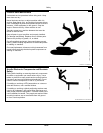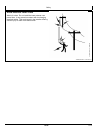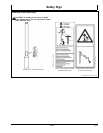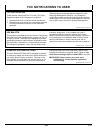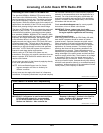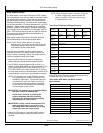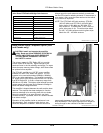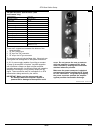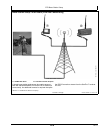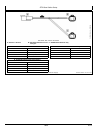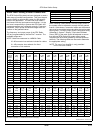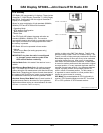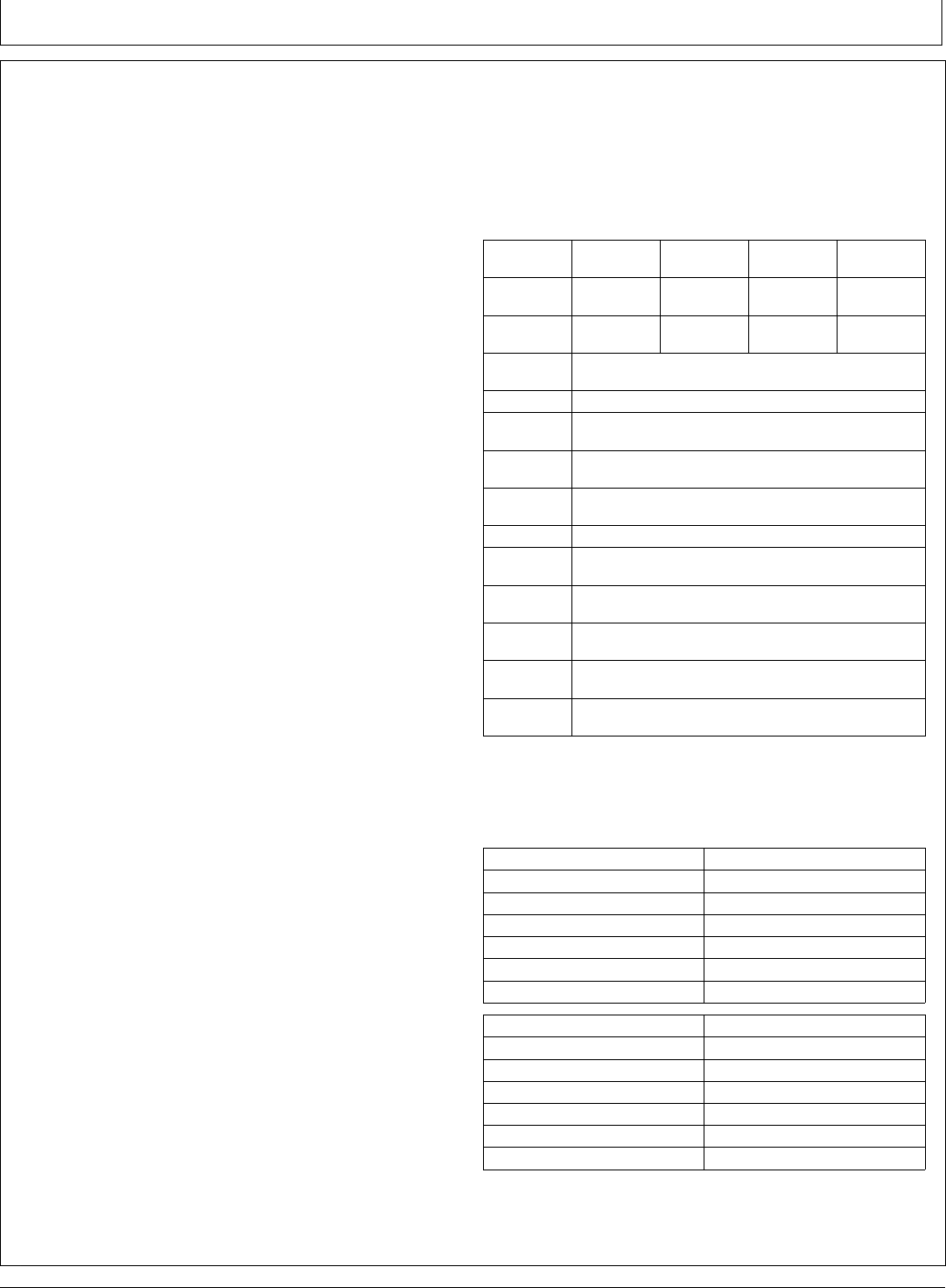
RTK Base Station Setup
Continued onnext page DK01672,0000145 -19-25JUL11-1/2
Base Station Setup
The base station is the most critical part of RTK system.
During installation, care must be taken to ensure the base
has problem-free operation. There are two issues that
are responsible for most problems with a base station:
Shading and Multipathing. If a base station experiences
one of these problems, it could be detrimental to your RTK
operation. These issues are shared with the standard
(869MHz, 900MHz) RTK system. Mitigation techniques
have already been documented in the standard StarFire
3000 – RTK manual that came with the StarFire receiver.
This manual provides detailed recommendations to
minimizing these errors.
Base station operating mode can be either Absolute
Survey Base Mode or Quick Survey Base Mode.
NOTE: Quick Survey Base Mode is for testing
purposes only. this mode can be used to test the
functionality without doing the 24h measurement
with Absolute Survey Base Mode.
Once you have installed the base station receiver,
installing the radio in a location to best maximize the
output, can be a challenge. Below are several options
currently available through John Deere.
•
Leave the RTK radio in its original conguration
attached directly behind the base station receiver.
•
Use PF80821 extension harness [92 m (300 ft.) in
length], or PFP10549 MRTK and iGuide harness (5 m),
or PFP10540 MRTK and iGuide harness (10 m), or
PFP10541 MRTK and iGuide harness (20 m), moving
the radio from the back of the base station receiver to an
elevated position, and running the harness in between.
NOTE: It is important to use the PF80821 harness
and grounding wire properly according to the
installation instructions. This harness has built
in protection for both your radio and receiver
for unwanted electrical transients developed
on the harness.The Maximum recommended
harness length is 92m (300ft).
IMPORTANT: The antenna must be installed before
the radio module is powered ON.
Avoid water intrusion by keeping the
antenna attached whenever possible.
Removing the antenna while transmitting
may damage the radio module.
IMPORTANT: If using coaxial cable between the
radio and the antenna, you need to use
the lowest-loss cable available or you may
suffer RTK radio link range issues.
•
Attach the RTK radio in a secured location and run
low-loss coaxial cable between the radio and the
antenna.
NOTE: When using this option, it may be necessary
to install a higher-gain antenna and/or the
optional amplier (USA and Canada only)
to compensate for loss.
John Deere RTK Radio 450 Specications
Model
Number
PFA10094 PFA10095 PFA10096 PFA10097
Country
Russia Ukraine EU, BY, KZ,
NZ
USA, AU,
Canada
Frequency
Range
435-447
MHz
440-450
MHz
435-470
MHz
435-470
MHz
Bandwidth
Options
12.5 kHz
Modulation
level 2 GFSK
RF Baud,
12.5kHz BW
9.6 kbps at L2
Frequency
Channels
2800 at 12.5 kHz
Output
Power
0.2-2 W
Sensitivity -108 dBm at BER 10^-3; -106 dBm at BER 10^-6
In/Out
Impedance
50 ohm
Operating
Voltage
9-15 V DC
Operating
Temperature
-30 to 60° C
Out RF
Connectors
Female TNC
Control
Connector
4-pin Deutsch
Every RTK Radio 450 radio comes standard with whip
antenna that has a TNC connection.
John Deere RTK Radio 450 Whip Antenna
Specications
Model Number PF81464
Gain
2 dBi
Frequency Range 450-470 MHz
Impedance 50 ohm
VSWR
< 2:1
RF Connector
Female N-Type
Length
13.2 in. (33.5 cm)
Model Number PFP10612
Gain
1 dBi
Frequency Range 435-450 MHz
Impedance 50 ohm
VSWR
< 2:1
RF Connector
Female N-Type
Length
13.2 in. (33.5 cm)
25-3
092711
PN=14



